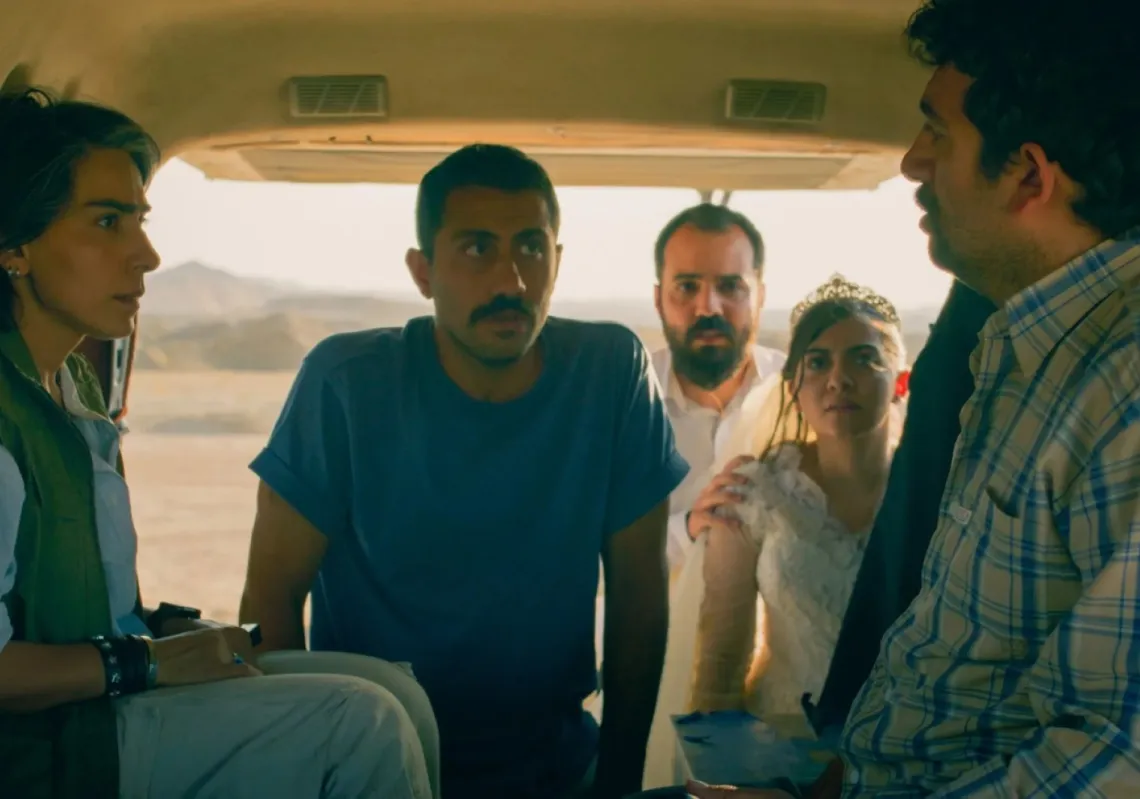On April 3, Egypt will witness a unique recreation of ancient history when twenty-two royal mummies will be transferred from their place in Egyptian Museum in Tahrir to the place of their permanent display in the National Museum of Egyptian Civilization (NMEC) in Fustat. The ceremony, billed as the Pharaohs’ Golden Parade, will be a public journey for the relics, against the backdrop of magnificent fireworks and to the tune of honorary salvos in a majestic procession that will dazzle the world. The Golden Parade will start at 6 pm with a 21- gun salute and will last around 40 minutes. Two hundred media outlets from around the world will cover the event live.
The royal mummies will travel along the Nile in a legendary journey and in specially built parade cars which fit the Pharaoh or the queen. The parade will feature 18 Pharaohs and four queens dating back to the 17th, 18th, 19th and 20th Dynasties including the mummy of King Ramses II, King Seqnen Ra, King Thutmose III, and King Siti I, Queen Hatshepsut, Queen Mert Amon, wife of King Amenhotep I, and Queen Ahmose-Nefertari.
Ancient Egyptians believed in the soul and its immortality and its eternity in the afterlife. This belief made them excel in building and decorating magnificent tombs and also master the art of mummification to persevere their mummies. With the advent of the Egyptology and the works of the scientific excavation missions in the Egyptian archeological sites, thousands of mummies were discovered, but the secret of the mummification process remained a mystery that scientists could not reveal for decades.
ANCIENT CEMETERY
(Deir al-Bahari TT320)
The royal mummies were originally placed at the heart of Egypt’s ancient capital “Thebes” after they were found during the discovery of the Deir el-Bahari cache in 1881, and the tomb cache of King Amenhotep II in 1898. This cache, known as the "royal cache," is an ancient cemetery located next to Deir al-Bahari in the Theban Cemetery in western Luxor. Among the royal mummies that were found inside were the mummies of kings Seqnen Ra Taa, Ahmose I, Amenhotep I, Tuthmosis I , Thutmose II, Thutmose III, Seti I, Ramses III and Ramses II, and Ramses IX, and the queen Ahmose-Nefertari.
King Ramses II signed the first known peace treaty in history with the Hittites and was known as a great fighter. He is the most famous of the New Kingdom pharaohs. He built many temples and the most famous of them is Abu Simbel. He also built a temple for his Great Royal Wife Nefertari near his own in Abu Simbel.
The mummy of King Seqnen Ra which will be among the royal mummies in the parade, is the oldest in this cache. King Seqnen Ra is the one who started the liberation war against Hyksos and his son Ahmose completed their expulsion and founded the 18th Dynasty and the New Kingdom.

Mortuary Temple of Hatshepsut Built for the Eighteenth Dynasty pharaoh Hatshepsut is located at Deir el-Bahari near the Valley of the Kings, Egypt. (Getty)
VALLEY OF THE KINGS
(The cache of the tomb of King Amenhotep II KV35)
French Egyptologist Victor Loret discovered this crypt in 1898 in the Valley of the Kings in Luxor. This cache revealed many of the royal mummies, including the mummy of Amenhotep II, Tuthmosis IV, Amenhotep III, Merneptah, Sa Petah, Ramses IV, Ramses V, Ramses VI, and Queen Tiye, the wife of Amenhotep III, one of Egypt’s most successful rulers. The rest of the kings and queens in the parade belong to the New Kingdom.
Also in the parade will be the mummy of Queen Hatshepsut, who sent the famous trade expeditions to the Land of Punt. She also built the famous glorious temple at Al Deir Al-Bahri in Luxor which is considered an architectural marvel.
The moment the mummies arrive at the (NMEC), they will be put into storage in a laboratory for 15 days, in order to be prepared for installation in their new showcases. Mummies will be displayed in the royal mummies’ hall decorated to imitate the "Valley of the Kings" where the original tombs were found.
The parade will feature different performances by Egyptian artists such as Mona Zaki who is leading the stars during the parade, Sawsan Badr, Hussein Fahmy, Hend Sabri, Asser Yassin, Yousra, and others.
Mukhtar El-Sebani, a member of the Supreme Committee for Museums at the Ministry of Tourism and Antiquities, said that the preparations for transporting the royal mummies to the Museum of Civilization are being finalized, and the ministry is ready to open the Museum of Civilization now that work has been completed on it. According to the head of the National Museum of Egyptian Civilization, the museum will be opening its doors to the public on April 4, 2021.








